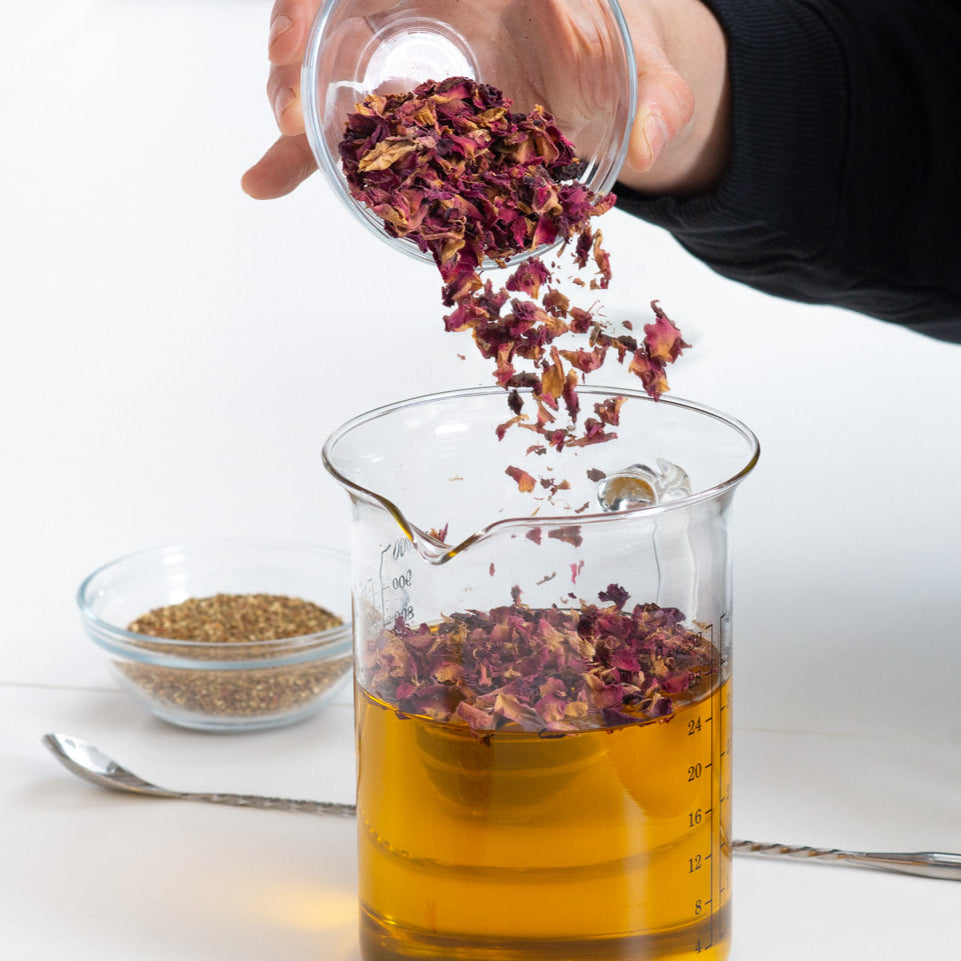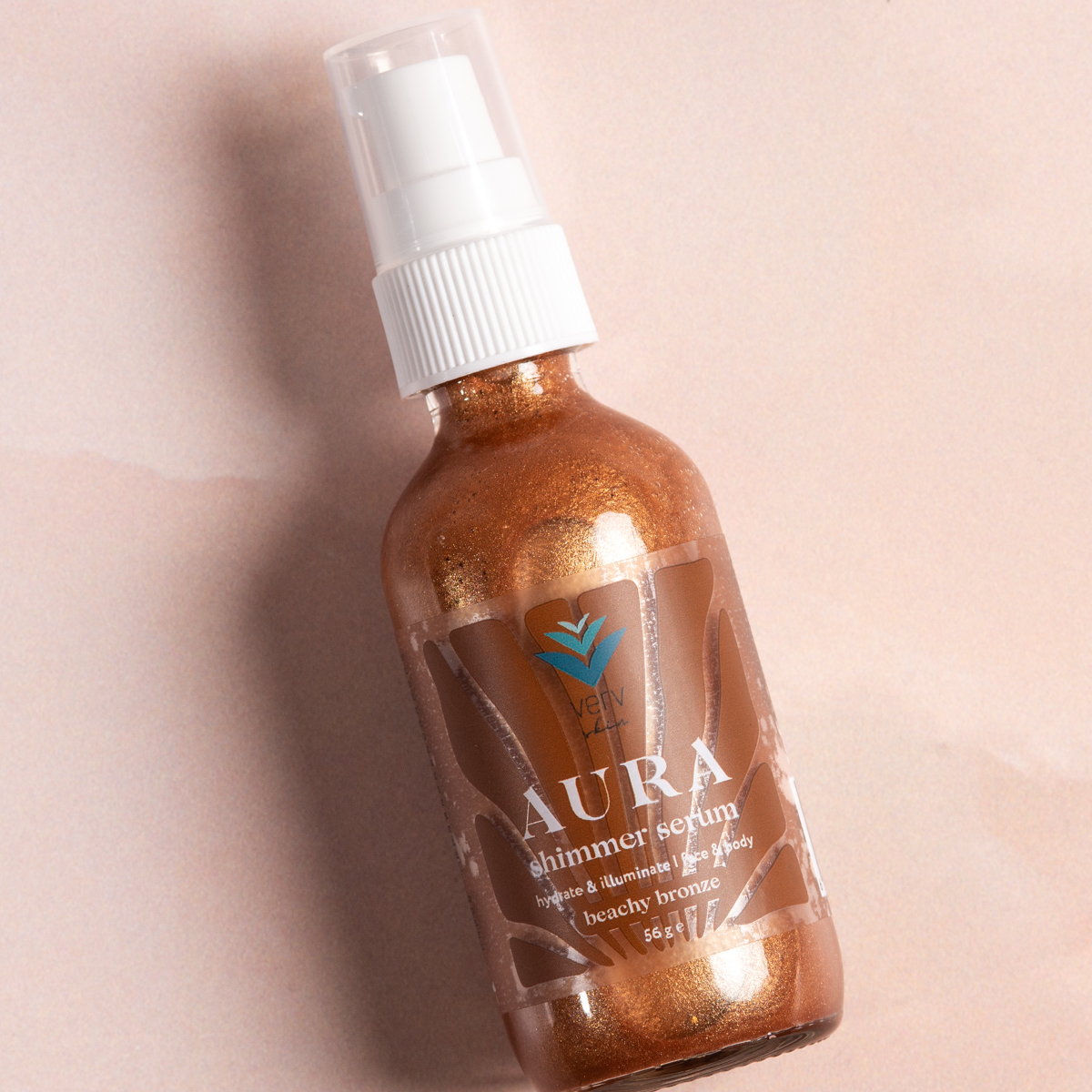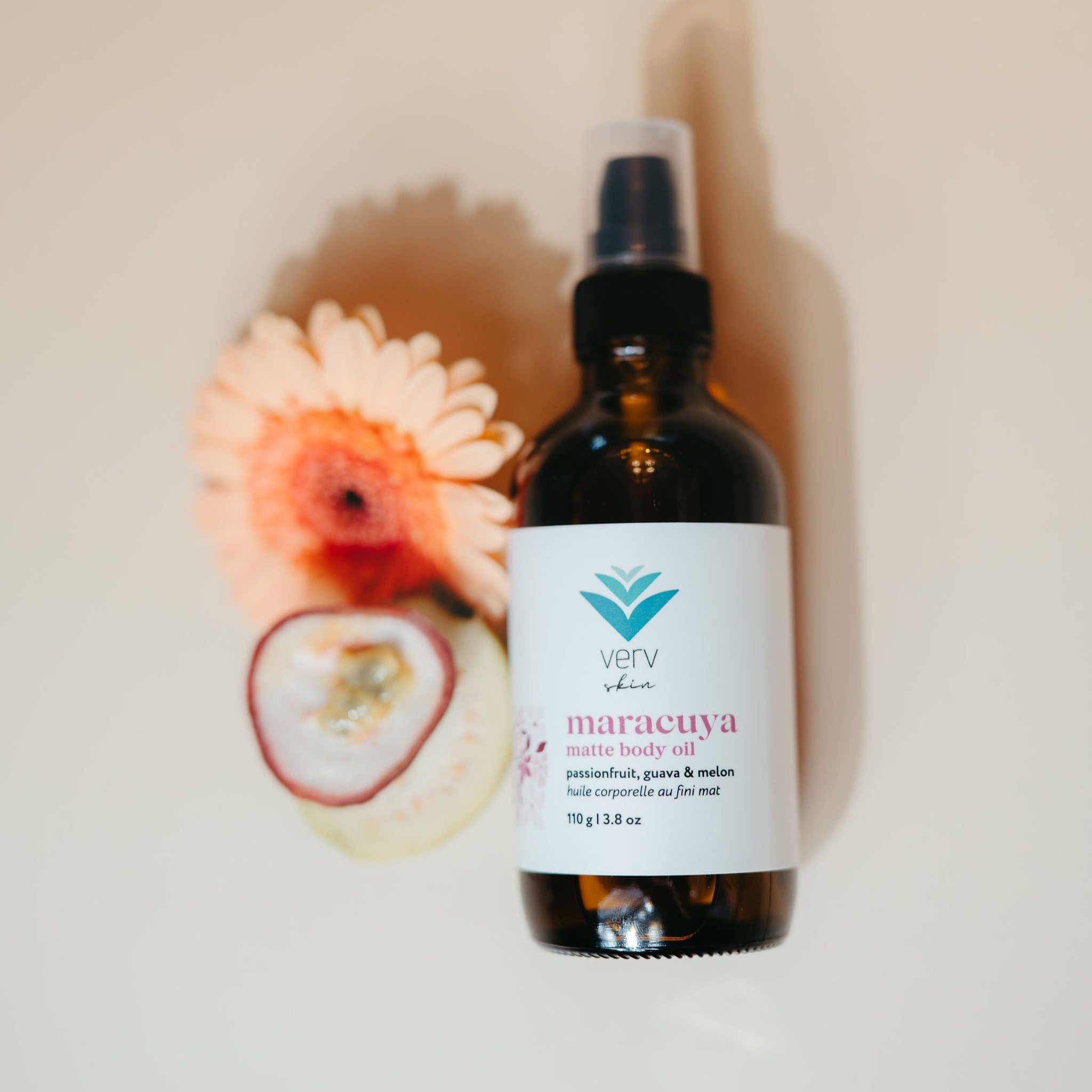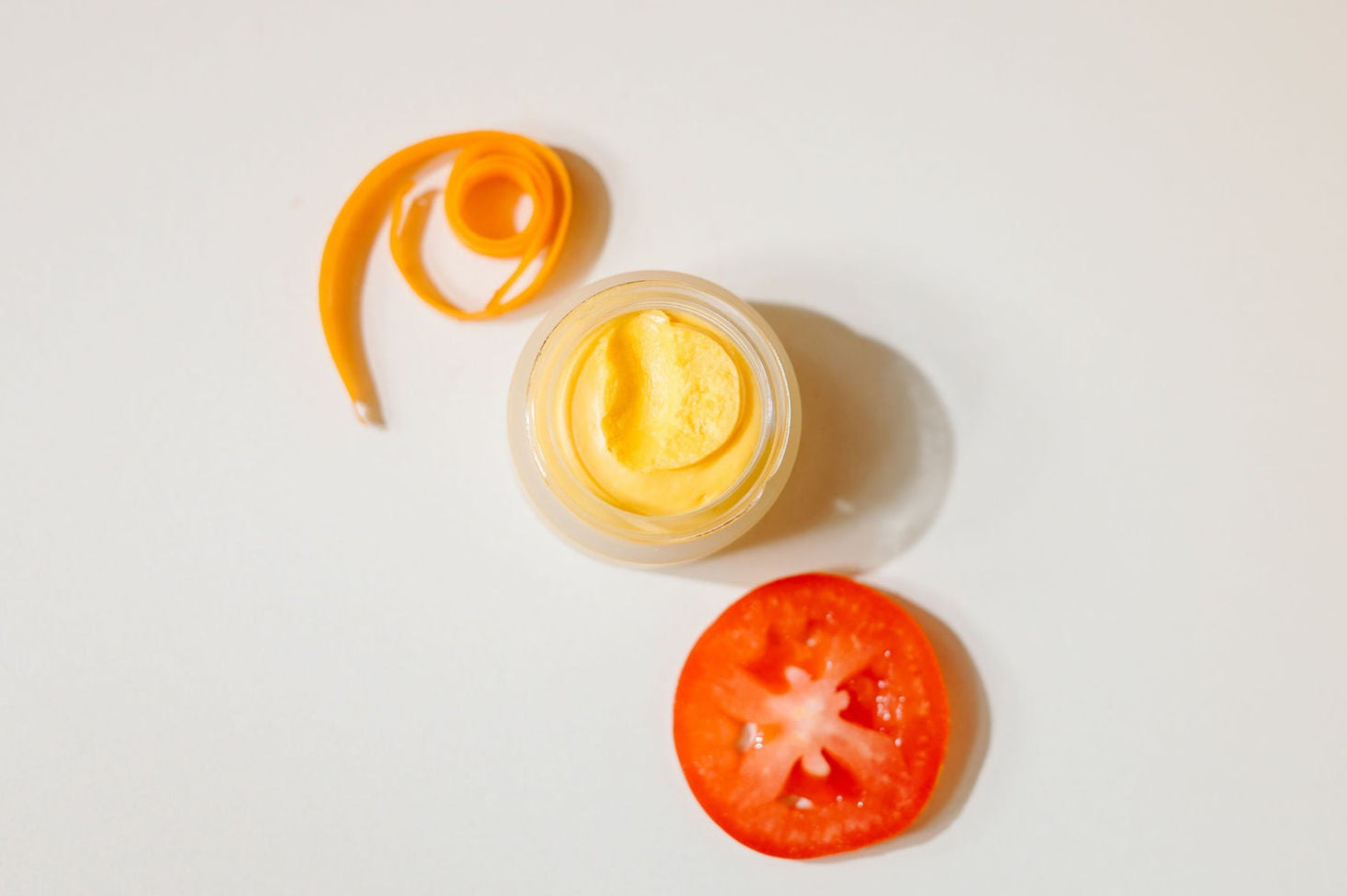You probably know we’re big on natural colour over here. But what does that even mean, and why does it matter?
It means we don't use any synthetic colorants in our skincare. The term 'synthetic colour' is an umbrella term for a variety of formats and classifications. Despite differences between them, they are often made from refined coal tar or petroleum. Low quality sources can be contaminated with with heavy metals like lead or arsenic.
Colourants can be made up of dozens of other synthetic ingredients. In fact, suppliers are not required to disclose what ingredients are used to create an artificial colouring agent.
In 1990 the FDA (Food & Drug Administration) banned the use of Erythrosine otherwise known as FD&C Red No. 3 in cosmetics. It is a synthetic dye made from petroleum and gives snacks, candies and beverages a bright, fire-engine red color.
Why did they ban it? Multiple studies showed that high doses caused cancer in animals. This artificial colour is still in widespread use in the food industry even appearing in children's medicine.
This story illustrates that though ubiquitous, some artificial colours have been proven to be a risk to human health. One wonders if some colours in widespread use may later be shown to cause unnecessary harm to health and be banned too.
For some people, synthetic dye causes irritation, redness or allergic responses when products containing it are applied to the skin.
How to identify synthetic colours in products
A few indicators of synthetic colour are letters and numbers usually found towards the bottom of a label's ingredient list. Look for things like:
- FD&C Blue No. 1 or Yellow 5, for example
- The word 'colorant'
- As a general rule, really vibrant colours that don’t fade with time. These are usually synthetic
All of these potential risks and possible toxicity just for an appealing colour. Is it worth it? We think not.
Why We Prefer Vegetal Colourants
We don't think using synthetic colours is worth the risk to our health. Especially considering we have perfectly fine vegetal alternatives that may actually enhance skin resilience from naturally occurring vitamins and minerals that plant-based colours contain.
To create the pastel colours featured in our skincare products I use:
- Ground plant powders like dried beets, rosehip, hibiscus or turmeric
- Botanical infusions from flowers like butterfly pea flower or calendula and roots like alkanet or madder infused into glycerine or oil
- Unrefined plant oils that have retained their natural yellow, green or orange colour like golden jojoba, tamanu or hemp seed
- Naturally occurring clays like French Green Clay or Kaolin Pink Clay
Pictured here: A selection of our skincare creations all made with natural colourants mentioned above
I prefer cold pressed and unrefined oils because they haven’t been stripped of their nutrients from high heat, bleaching, deodorizing or chemical solvent extraction. This is not to demonize various methods of extraction, there’s a place for these too but less refinement generally means greater nutrients for our skin and health.
The result of less refining are oils with a higher portion of unsaponifiables remaining: essentially the healing fraction of the oil. Non-lipid compounds like antioxidants, tannins, carotenoids and minerals occur naturally and give oils their characteristic aroma, colour and healing benefits.
I hope you love knowing that the colours we use not only add a playful esthetic to each product but also add to the vibrancy and resiliency of your skin too!
Pictured here is the creation of our buttercream yellow Calendula Oat Face Lotion with vibrant sea buckthorn oil








